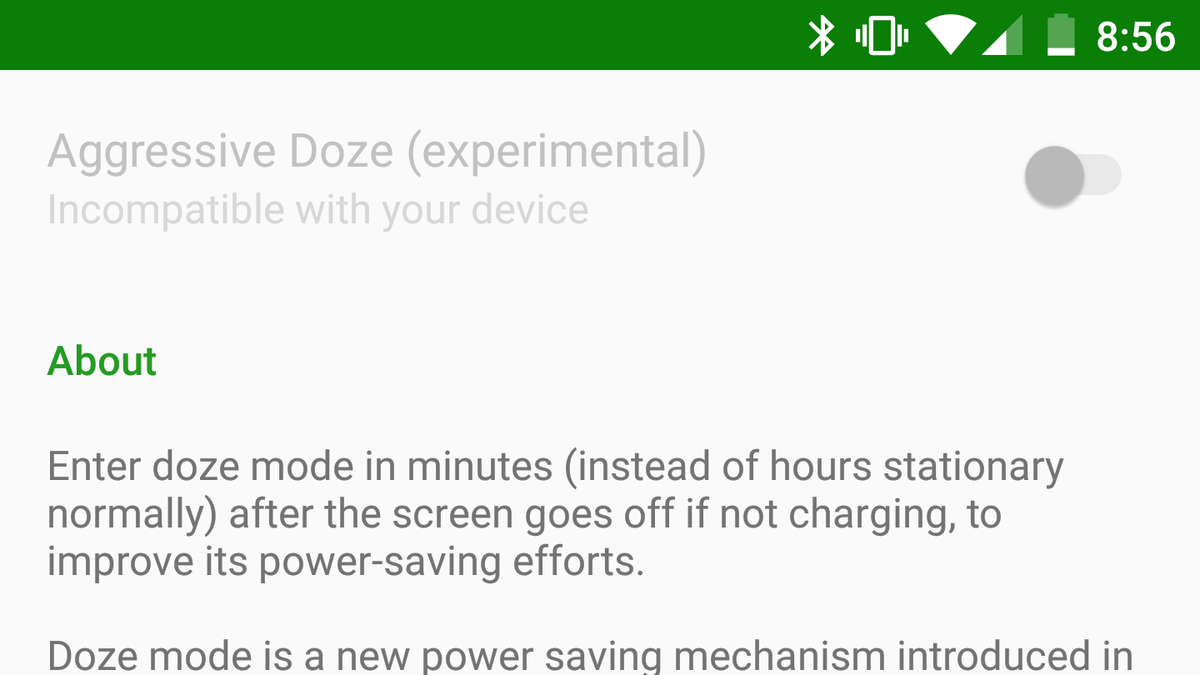
Also Read: Samsung's Wireless Charger Duo, now charge two devices simultaneously
Now, it appears as if Google may have finally tackled the battery performance issue with the new features introduced in its recently launched Android 9 Pie, aka Android P.
Earlier Attempts To Tackle Battery Performance Issue
Google started making some progress with overcoming the battery drainage issue with the Android Marshmallow (6.x). In the Android Marshmallow, Google introduced a feature called the Doze Mode. The feature, when used, forces the smartphone to stop all its activities once it is not being used, essentially saving battery life. At first, it only worked when the phone was lying on a flat surface. However, with the modifications in Android Nougat (7.x) it worked when the phone was in pockets, purses etc too.

These modifications in the Android were the beginning of Google’s battle against the evil that is battery drainage. Later with the Android Oreo, Google introduced another feature that let the Android smartphone users know which battery hogging apps were running in the background. These features combined were useful in saving the smartphones battery life and identifying the apps which were damaging the battery life most.
Android P: The End Of Battle Against Battery Saver App
As we are in the early days of evaluating the latest version of Android – Android P – there is a lot of talk about the new feature that may allow Android smartphone users to overcome their battery drainage issue once and for all. The latest Beta of Android P suggested that the new Android OS version offers the features that enhance the smartphones battery life. These features are adaptive brightness and adaptive battery.

Google worked with a team from Alphabet’s Deep Mind to develop the adaptive battery feature. As a user keeps using his device the feature learns the pattern in which you use your phone over time. Based upon the usage pattern it automatically turns off those apps which users don’t use or rarely use to avoid them running in the background and draining the battery. But the adaptive battery feature is not limited to it; if there is an app an Android user use only during daytime, it will turn it off at the night to reduce the battery consumption.
Google said that this feature resulted in a 30% decrease in wakelock (waking up of CPU in the background) during testing.
For long Google has been bidding on Automatic Brightness feature to optimise battery performance. With the Android P, Google has introduced another feature; adaptive brightness. The feature again, like the adaptive battery, will work on machine learning and over time identify the level of brightness you prefer your smartphone on. If a user turns the brightness of his Android device down when it had been turned up automatically the feature will identify this behaviour. So if you prefer your phone on low brightness, the feature will identify this and the automatic brightness will be adjusted to change the brightness of the screen in your preferred range.

Battery Performance: The Biggest Challenge So Far
The first thing we look at when we buy a smartphone is battery performance. The most obvious questions we get to hear from a potential buyer is, “how many hours will the battery last?”.
Usually, Android smartphones come with batteries with more mAh than those in iOS smartphones. Hence, it is a general notion that Android smartphones with more mAh last longer. But we can’t make a conclusion so fast, there are many more variables to be looked at. Batteries perform differently depending upon how the smartphone is being used. That is why during reviewing a smartphone both standby time and talk time is tested. Reviewers often find that the actual battery life isn’t in comparison to the promises made by the manufacturer. Android smartphones perform better than iPhones, however, iPad performs much better than Android tablets.
Despite, in the era of internet and mobile apps Android smartphone users often find their smartphone running out of battery. Undoubtedly, Android Smartphones have been struggling for a long time with the issue of battery drainage. However, with the introduction of Android P Google has apparently solved the biggest problem smartphone users have been looking for long. But, it’s just the beginning as Android P is yet to reach a sizable number of Android device users.

Post a Comment